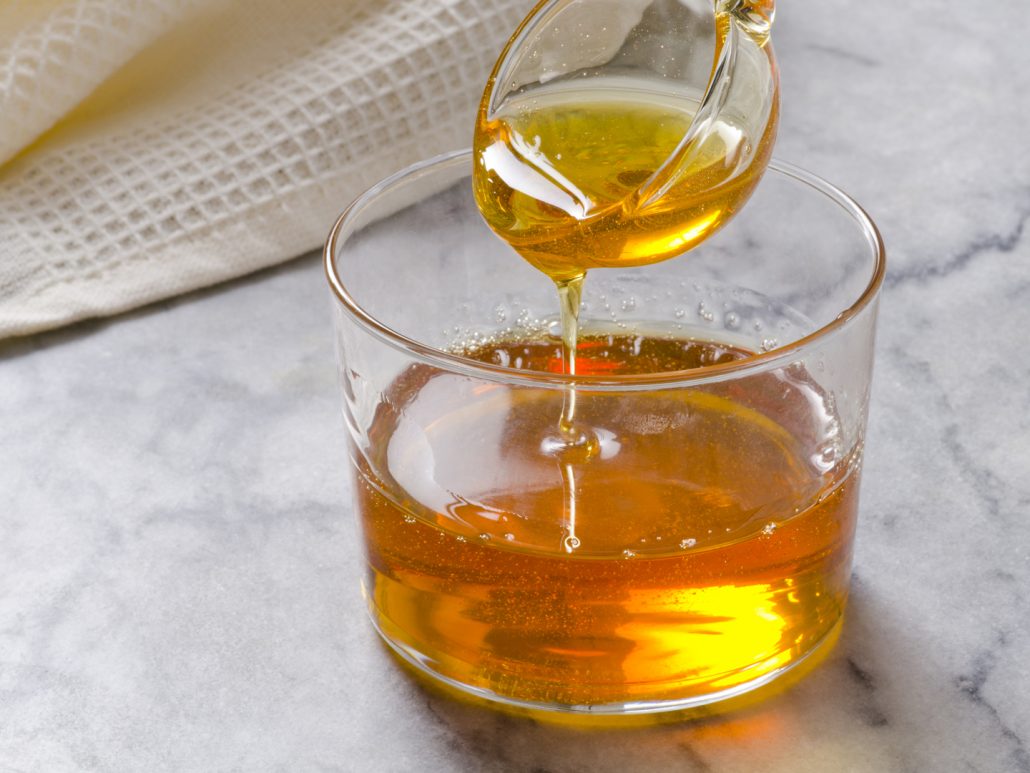The harmful effects of sugar are among the few things that most health experts agree on. And because many health-conscious people are now trying to avoid sugar, many other sweeteners — both natural and artificial — have become popular.
One of those is agave nectar, a sweetener marketed as a natural, diabetic-friendly sugar alternative that doesn’t spike blood sugar levels.
However, in this article I’ll explain why agave nectar may be worse for your health than plain sugar.
What Is Agave?
The agave plant is native to the southern US, Latin America and South America. And although agave is quite new to the Western culture, it has been used in Mexico for hundreds of years.
Traditionally, agave was believed to have medicinal properties. Its sap was also boiled to produce a sweetener known as miel de agave. (1)
Additionally, the sugars in agave are also fermented to make tequila. In fact, tequila is the most common commercial use of agave today and one of Mexico’s best-known exports.
Like many plants, agave probably does have some health benefits. However, refining and processing tend to destroy most of these beneficial health effects.
How Is the Nectar Made?
The sweetener commonly sold as agave nectar would be more accurately labeled as agave syrup.
And although It has little in common with the traditional sweetener made historically by people in Mexico the starting process of cutting and pressing to extract the sugary sap is similar.
While this sap is high in sugar, it also contains healthy fiber like fructans, which are linked to beneficial effects on insulin and the metabolism.(2)
However, when processed into a syrup, the fructans are extracted and broken down into fructose by exposing the sap to heat and enzymes. (3, 4)
This process, which is similar to how other unhealthy sweeteners like high-fructose corn syrup are made destroys all of the health-promoting properties of the agave plant.
Agave Nectars Impact on Blood Sugar
The glycemic index (GI) is a measure of how quickly the sugar in a food enters your bloodstream. Foods with a higher GI rating cause greater blood sugar spikes and impact your health in a more destructive manner. (5, 6, 7)
Unlike glucose, fructose does not raise blood sugar or insulin levels in the short term. This is why high-fructose sweeteners are often marketed as “healthy” or “diabetic-friendly.”
In fact, agave nectar has a very low GI, primarily because almost all of the sugar in it is fructose. It has very little glucose, at least when compared to regular sugar.
A recent study in mice compared the metabolic effects of agave nectar and sucrose, or plain sugar, after 34 days. The mice ingesting agave nectar gained less weight and had lower blood sugar and insulin levels. (8)
In such a short-term study, the glucose in plain sugar elevates both blood sugar and insulin levels, whereas fructose does not. However, the GI is just one factor to consider when weighing the health effects of sweeteners.
The harmful effects of agave — and sugar in general — have very little to do with the glycemic index but everything to do with the large amounts of fructose — and agave nectar is very high in fructose.
Agave is Dangerously High in Fructose
Sugar and high-fructose corn syrup (HFCS) contain two simple sugars, glucose and fructose, at about 50 percent each. And although glucose and fructose look similar, they have completely different effects on your body.
Glucose is an incredibly important molecule and found in many healthy foods, such as fruits and vegetables. And because this molecule is so vitally important, your body actually manufactures it to make sure that you always have enough.
Whereas every cell in your body can metabolize glucose, your liver is the only organ that can metabolize fructose in significant amounts. Therefore, eating a lot of added fructose can wreak havoc on your metabolic health. (9, 10)
This is because your liver gets overloaded and starts turning the fructose into fat, which raises blood triglycerides. And many researchers believe that some of this fat can lodge in your liver and cause fatty liver disease.(11, 12, 13)
Although fructose doesn’t raise short-term blood sugar levels, it can contribute to insulin resistance when consumed in large amounts. This, in turn, can cause major increases in long-term blood sugar and insulin levels, strongly raising your risk of metabolic syndrome and type 2 diabetes. (14, 15)
What’s more, high fructose intake can increase your levels of “bad” LDL cholesterol and oxidized LDL. It may also cause belly fat accumulation (16).
Keep in mind that agave nectar is about 85 percent fructose — much higher than sugar or nearly all other forms of sweeteners. (17)
The Bottom Line
If you must add extra sweetness to your diet, agave nectar is likely not the way to go.
Several natural sweeteners — including stevia, monk fruit erythritol and xylitol — are a much healthier way to go.
In fact, agave nectar may be the least healthy sweetener out there.
By comparison, it makes regular sugar look quite healthy — which is really saying something.


